On Monday, at its annual Build developer conference, Microsoft revealed two new apps for the HoloLens apps.
The apps, Microsoft Remote Assist and Microsoft Layout, will be available to HoloLens customers as a free preview for a limited time starting on May 22.
Remote Assist gives HoloLens users, particularly front-line workers, the ability to share their point of view with remote experts, who can annotate their view, share files and images, and guide them through work processes. On the security side, the app also offers Azure Active Directory and Mobile Device Management support.
"With mixed-reality annotations, live streaming, and video capture, we can enable firstline workers and experts to identify and address issues accurately the first time. This can help customers eliminate travel and expedite troubleshooting, increasing employees' efficiency," wrote Lorraine Bardeen, general manager of mixed reality workplace at Microsoft (and NR50 member), in a blog post.
Meanwhile, Layout enables companies to author augmented reality content for use in workplace design. Users can import 3D models and view them in a real world environment. The designs can then be shared and revised by co-workers.
"With Microsoft Layout our goal was to build an app that would help people use HoloLens to bring designs from concept to completion using some of the superpowers mixed reality makes possible," wrote Bardeen.
HoloLens customer thyssenkrupp is one of the early adopters of the Layout apps. The company's aerospace division is using Layout to make design changes to its factory spaces using 3D models projected into actual space.
- Don't Miss: We May Finally Know How Many HoloLens Devices Microsoft Sold, & It's a Revealing Peek at the Future of AR
German auto parts maker ZF Group has also employed both apps in the production of transmissions. The Remote Assist app gives its subject-matter experts the ability to assist peers around the world within hours, as opposed to the several days it would take them to physically travel to those locations. As with thyssenkrupp, ZF Group factory designers can view virtual machinery as it would appear in the company's facilities.
At Build 2017, Microsoft previewed its intent to evolve HoloLens from "information workers" to "firstline workers," particularly those who interface with customers, operate machinery, or otherwise benefit from keeping their hands free to do their jobs. A year later, the company has followed through on its promise.
"We learn so much from others who are using what we create early on. Customer feedback is our most important development tool," wrote Bardeen.
"Over the past two years since we started shipping HoloLens, we've been paying attention to the highest value workflows that cut across a variety of firstline industries. In close partnership with hundreds of customers, we discovered that the highest value workflows are around remote assistance, space planning, training and development, product development collaboration, and access to spatial data from IoT devices."
The apps give Microsoft's HoloLens tools that compete with software offered by the likes of Atheer, DAQRI, RE'FLEKT, Scope AR, Vuforia, Upskill, and Ubimax, and places the HoloLens in the running against hardware from DAQRI, Epson, Google, ODG, Olympus, Vuzix and other enterprise-focused devices.
With HoloLens already adopted by the likes of Ford and Volvo for design functions, the new apps now give Microsoft a distinct edge in pursuing manufacturing-focused businesses as well.
Just updated your iPhone? You'll find new emoji, enhanced security, podcast transcripts, Apple Cash virtual numbers, and other useful features. There are even new additions hidden within Safari. Find out what's new and changed on your iPhone with the iOS 17.4 update.







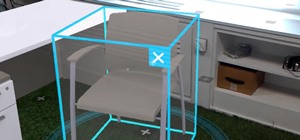
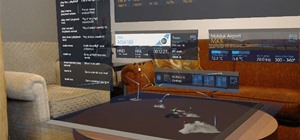
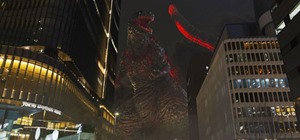
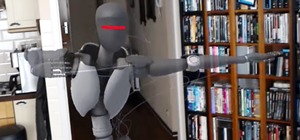
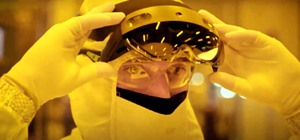




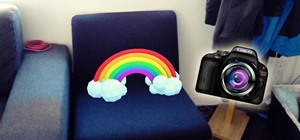
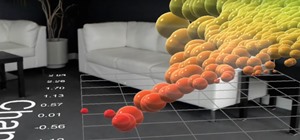

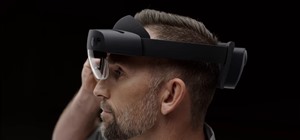




Be the First to Comment
Share Your Thoughts